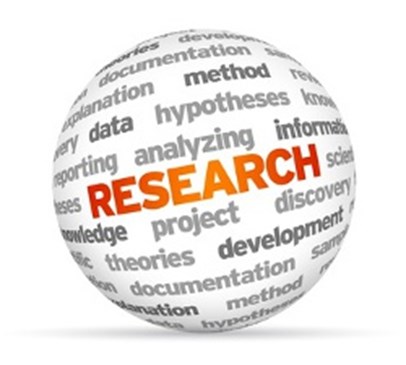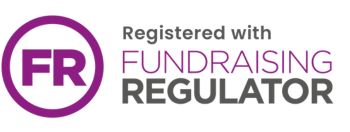This article looks at research into the recovery of language after stroke, which demonstrates one of the ways that the brain can reorganise itself following injury. Researchers at the University of Freibourg in Germany used functional magnetic resonance imaging (fMRI) to investigate changes in brain activity in stroke patients with language impairment.
The ability to understand and express language is known to be hard-wired in the human brain. Specific areas of the frontal and temporal lobes, usually in the left hemisphere, have been shown to specialise in different aspects of language. Injury to these areas causes language impairment, a condition known as aphasia. This is common after stroke but often stroke patients gradually recover function, demonstrating the brain's capacity for reorganisation.
In the study, published in the journal Brain in 2006, Saur et al. examined 14 patients with aphasia due to left hemisphere strokes and 14 unimpaired control subjects. The participants all had to perform language comprehension tasks while undertaking fMRI scanning to show the areas of brain activity.
While the control subjects had activity mainly in the left hemisphere areas associated with language, the aphasic patients showed changes in activity depending on their phase of recovery. In the initial stages shortly after stroke, the patients showed markedly reduced activity in the left-hemisphere, even in language areas that were undamaged, and had limited comprehension in the tasks. However, after two weeks the patients had increased activation in corresponding areas of the right hemisphere, suggesting that the other side of their brains had been recruited to compensate for the injury.
Their performance in the comprehension tasks also significantly improved in this phase. In the chronic phase, several months after stroke, the fMRI activation was 'normalised' with activity returning to undamaged left-hemisphere language areas. This change in activity was associated with almost complete recovery of language abilities in most patients.
Based on these findings, the researchers have proposed a three-phase model of language recovery. This model may also apply to other systems as a general concept of brain reorganisation after localised injury. The authors state that; "these results advance our understanding of the dynamic process of language recovery and might have implications for the specificity of therapeutic strategies in the treatment of aphasia".
Reference
Saur et al. (2006) Dynamics of language reorganisation after stroke. Brain, 129, 1371-1384.
Back









